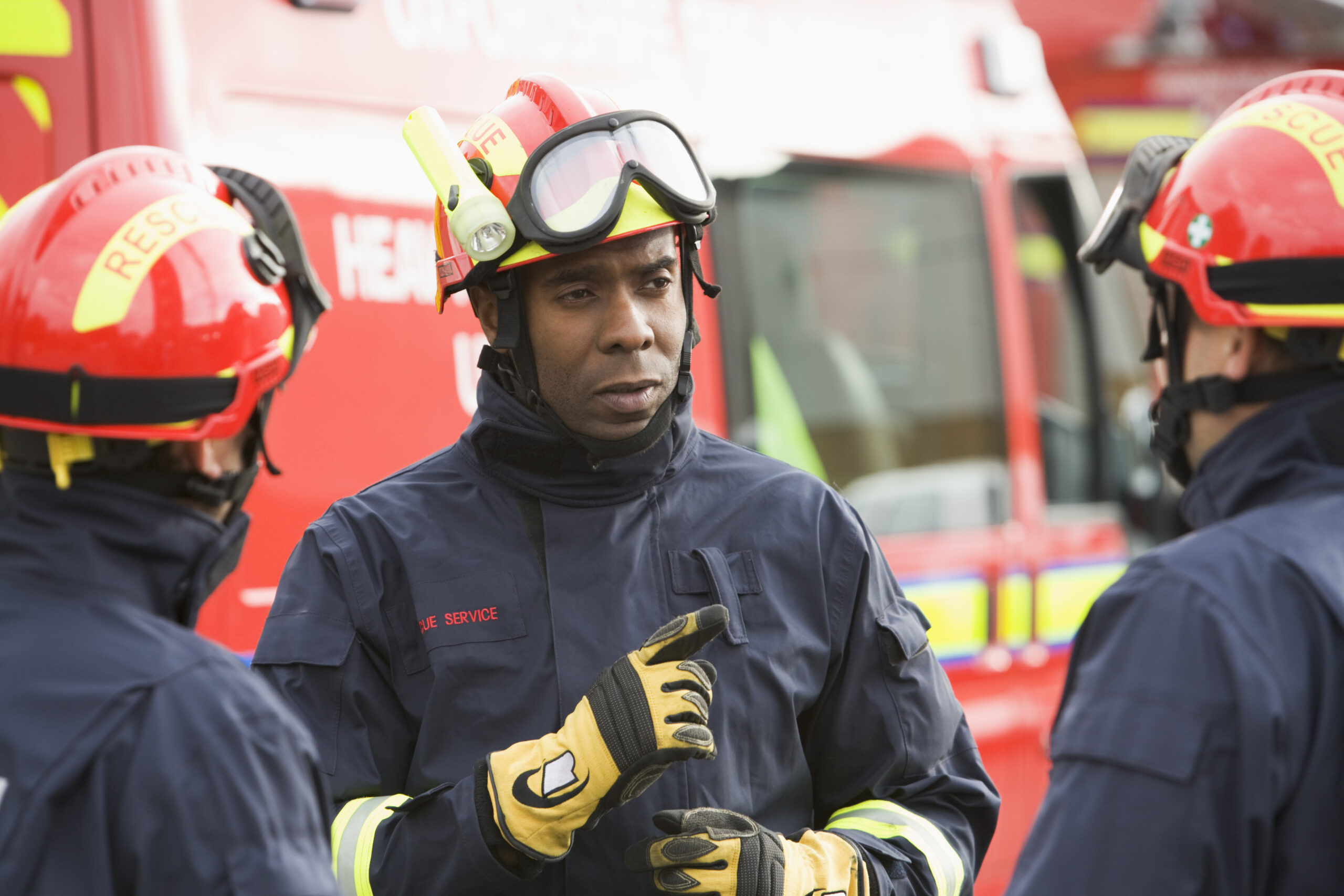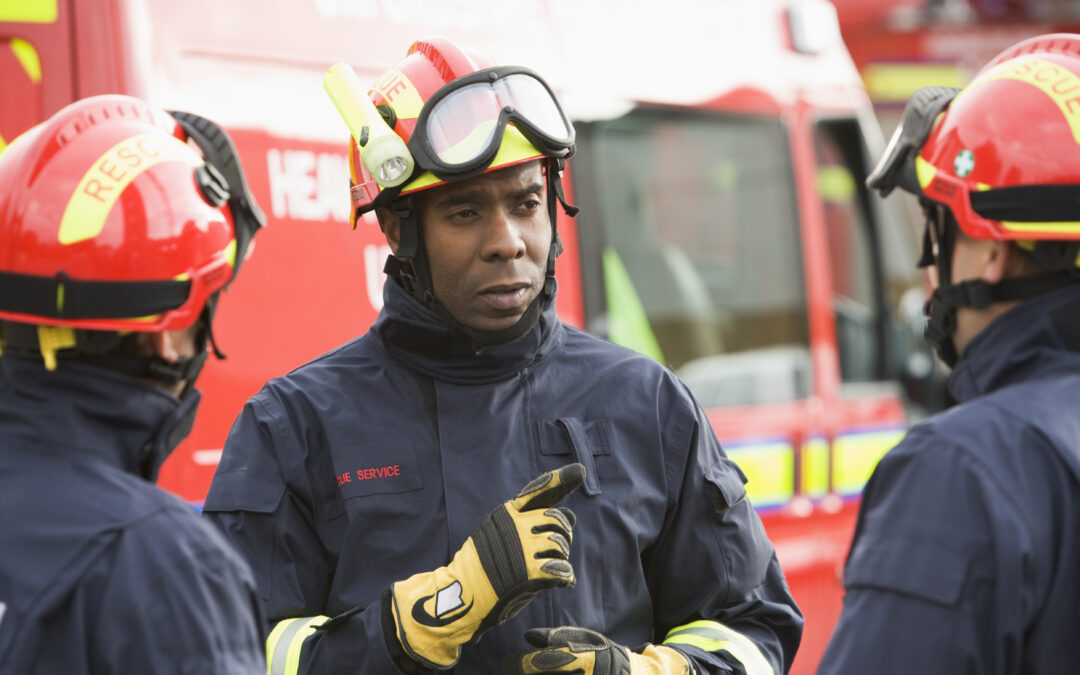Introduction to Disaster Preparedness
Disaster preparedness is an essential aspect of ensuring the safety and well-being of your family. It involves taking proactive steps to prepare for unexpected emergencies, such as natural disasters or other crises that could impact your community. By being ready ahead of time, you can help ensure that your loved ones are protected in case a crisis occurs.
The Importance of Having a Plan
Having a plan is critical when it comes to disaster preparedness. This includes developing a strategy for how you will communicate with family members during a crisis, identifying evacuation routes and safe places to shelter, and establishing procedures for handling different types of emergencies. A good plan should be easy to understand and follow, and should include specific details about what actions to take in various scenarios.

Creating an Emergency Kit
Another important component of disaster preparedness is creating an emergency kit. This should include supplies that can help you survive for at least three days without access to electricity, water, or other utilities. Some items to consider including in your emergency kit are non-perishable food, bottled water, flashlights, extra batteries, first aid supplies, and clothing appropriate for the weather.
Staying Informed During a Crisis
During a crisis, staying informed is crucial. Make sure you have multiple ways to receive information, such as through local news channels, social media, or weather apps on your phone. Keep an eye out for updates from authorities, and listen carefully to any instructions they provide.
Evacuation Procedures and Routes
If evacuation is necessary, make sure you know the best routes to take and where to go. Identify several possible escape routes in advance, and practice them regularly so everyone knows what to do. Also, make sure you have a designated meeting place if you get separated from your family.
Thank you for reading this post, don't forget to subscribe NOW for FREE!
Communicating with Family Members
Good communication is key during a disaster situation. Establish a plan for how you will keep in touch with family members, such as through text messaging or email. Be sure to share this plan with everyone involved, and test it periodically to ensure it works properly.
Practicing Your Plan Regularly
Regular practice is essential to ensure your disaster preparedness plan is effective. Conduct drills with your family members to simulate different emergency situations, and review your plan frequently to identify areas for improvement. The more familiar you are with your plan, the easier it will be to execute it under pressure.
Handling Stress during a Disaster Situation
Finally, managing stress during a disaster situation is vital. Encourage open communication among family members, and offer support and encouragement to one another. Take breaks when needed, and try to maintain a positive attitude despite the challenging circumstances.
Common Misconceptions about Disaster Preparedness
There are many misconceptions about disaster preparedness that can lead to confusion and uncertainty during a crisis. One common myth is that you need to stockpile large amounts of supplies to be adequately prepared. In reality, having a basic emergency kit with essentials like food, water, and first aid supplies is sufficient for most situations. Another misconception is that disasters only happen in certain parts of the country or during particular seasons. However, emergencies can occur anywhere at any time, making it essential to always be prepared.
Conclusion: Taking Action for Disaster Preparedness
Taking action for disaster preparedness is not only smart but also empowering. By following these tips and implementing a comprehensive plan, you can help protect yourself and your family from potential emergencies. Remember, being prepared isn’t just about surviving; it’s about thriving even in the face of adversity.






